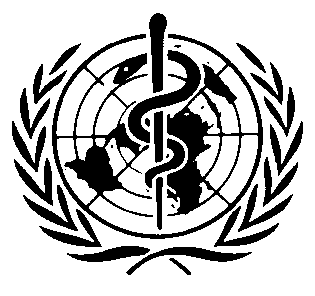International Chemical Safety Cards
| p-OCTYLPHENOL | ICSC: 1345 |




Phenol, 4-octyl C14H22O Molecular mass: 206.32 
 ICSC # 1345
ICSC # 1345CAS # 1806-26-4 RTECS # SM5787000 UN # 2430 April 18, 2005 Peer reviewed |
| TYPES OF HAZARD/ EXPOSURE | ACUTE HAZARDS/ SYMPTOMS | PREVENTION |
FIRST AID/ FIRE FIGHTING |
| FIRE |
Combustible.
Gives off irritating or toxic fumes (or gases) in a fire.
|
NO open flames.
|
Powder, water spray, foam, carbon dioxide.
|
| EXPLOSION |
|
|
|
| EXPOSURE |
|
PREVENT DISPERSION OF DUST!
|
|
| •INHALATION |
Burning sensation.
Cough.
Sore throat.
Laboured breathing.
Shortness of breath.
|
Local exhaust or breathing protection.
|
Fresh air, rest.
Half-upright position.
Artificial respiration may be needed.
Refer for medical attention.
|
| •SKIN |
Redness.
Pain.
Skin burns.
|
Protective gloves.
Protective clothing.
|
Remove contaminated clothes.
Rinse skin with plenty of water or shower.
Refer for medical attention.
|
| •EYES |
Redness.
Pain.
Severe deep burns.
|
Safety goggles
.
|
First rinse with plenty of water for several minutes (remove contact lenses if easily possible), then take to a doctor.
|
| •INGESTION |
Abdominal pain.
Burning sensation.
Shock or collapse.
|
Do not eat, drink, or smoke during work.
|
Do NOT induce vomiting.
Rinse mouth.
Give plenty of water to drink.
Refer for medical attention.
|
| SPILLAGE DISPOSAL | STORAGE | PACKAGING & LABELLING | ||
|
Personal protection: P2 filter respirator for harmful particles.
Sweep spilled substance into covered plastic containers; if appropriate, moisten first to prevent dusting.
Then wash away with plenty of water.
Do NOT let this chemical enter the environment.
|
Separated from strong reducing agents.
Store in an area without drain or sewer access.
|
Marine pollutant. R: S: UN Hazard Class: 8 UN Packing Group: II |
||
| SEE IMPORTANT INFORMATION ON BACK | ||||
|
||||
